German artist Nils-Udo is a key figure in a movement born in the United States known as land art, a school of painting, images and montage that celebrates nature in all its many forms. Now into his 75th year, this passionate environmentalist is celebrated in a Paris exhibition lasting until October. Clément Sénéchal talks to Nils-Udo about his work, his methods and his anguish at what he calls the "ignorant" irreversible destruction of nature.
-------------------------
As German artist Nils-Udo enters his 75th year, his mind is tinged by a certain bitterness. It is caused by the relentless assaults of civilization against the matter that is at the heart of his work - nature. The attacks come in the form of pollution, of exploitation of the environment, and are culminating in a general destruction to the point of non-return.
"The contact between man and nature has been definitively lost," he says. "In front of my my photos, certain spectators are sometimes incapable of distinguishing between trees and blades of grass. Our relationship with nature has become almost exclusively productive, based upon an exploitation that leads to an aesthetic of wasting away. Impoverishment and devastation, those are today our forms of mediation with nature."
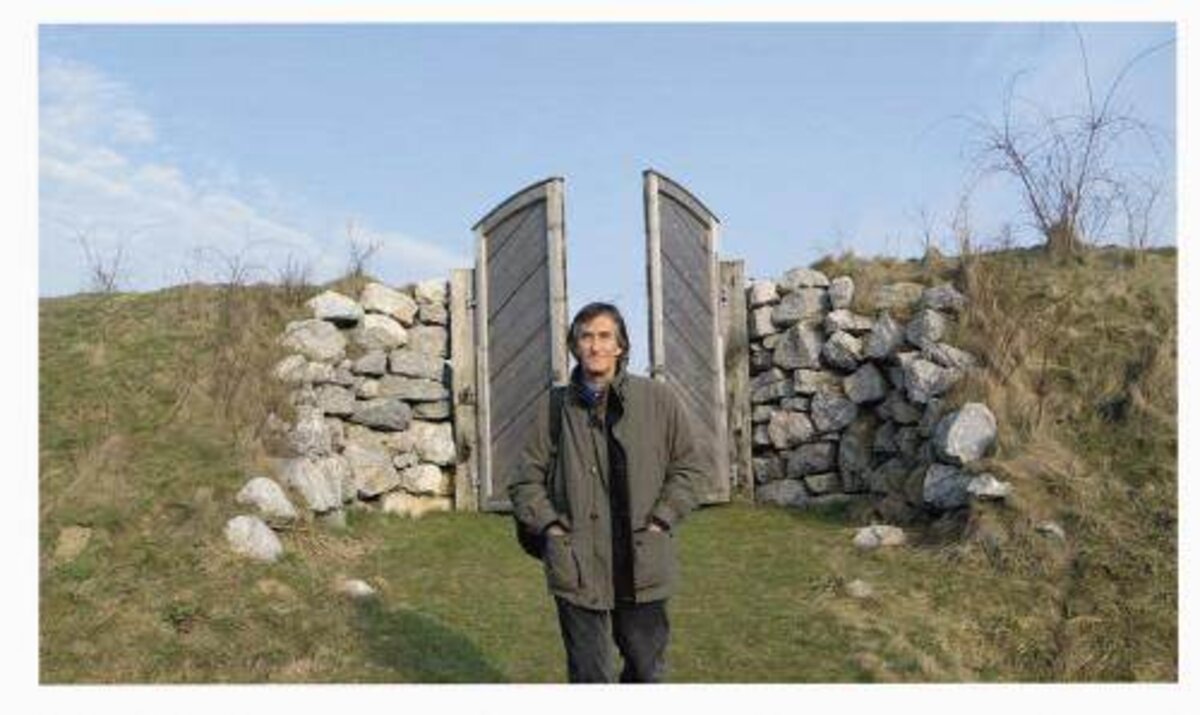
From aloft his significant place in the ‘land art' movement, also called Earth art or Earthworks, which emerged in the US during the 1960s through the works of artists like Robert Smithson and Michael Heider, Nils-Udeo has never stopped calling for a rediscovery of the lost and gentle relationship man has had with nature.
His principle is that of releasing art from the confines of museums and closed spaces and to immerge it - and himself - in nature. It involves a process of creating in situ realizations, sorts of montage, made up exclusively of natural elements which themselves maintain their natural form.

Enlargement : Illustration 2

Nils-Udo began his activity in land art through painting. His approach was markedly less demonstrative than that of the pioneers of land art who went about creating monumental works, as if to become close to the cosmological dimension of planet Earth. Rather, Nils-Udo turned towards the fragile and necessary cycles of vegetal existence, highlighting through his montages its transience, its lightness and its nuances.
"My work doesn't necessarily resemble what was being done at the beginnings of land art, when artists were very demonstrative, almost intrusive towards nature," he explains. "The heart of my work consists more in marrying the natural forms of vivacity, presenting its cycles in themes, scene-staging its very temporality, along with its ephemeral quality."
"In the beginning, I worked using plantations, on land rented from farmers. The evolving character of vegetal existence is therefore a full part of my artistic approach. I don't dress-up nature with artefacts. Nature itself is the theme. I am realist and I don't seek out beauty. I work with the reality of nature, in its multiple forms," he insists.

Nils-Udo's works are minimal, respectful and tender. All through his images are a magic; in the caress of a shimmer from water, the rustle of a spray of fern, the joy of lively colours, the unassuming vigour of plant life, the evanescence of seasons and light.

Enlargement : Illustration 4

"Firstly, I go and walk within nature, I observe the countryside," says Nils-Udo. "Inspiration comes spontaneously, in situ. I don't go out with already preconceived ideas. Each scene of countryside has its particularities which each time inspire something new. Potentially, each natural phenomenon can become a working theme. I work with natural presences. Space, matter, light and colour."
There is a guiding ethic behind this careful immersion. "I integrate myself and behave like any other natural element," he explains. "I am a part of nature. The destiny of the tree is ours. Its life and death are our life and death."

To renew contact, revive the memory; these are messages the artist sendst the public through his photos. "It is true that my work encounters a sort of loss that happens in photography viewed between four walls, in a museum, in the centre of town," he opines. "On the other hand, the photographic representation permits a break in the wall of inattention towards nature that affects most people today. They don't see it, they are incapable of understanding it. Even astonishment has dried up. I think that my photos also allow for a re-evaluation of the very being of nature in the minds of people."

Enlargement : Illustration 6

"Everything has an end," he surmises. "My works are destined to disappear, as decided by the cycles of nature. The photos disrupt this slow fleeting away. But they don't only have a documentary role. They are part of a wholehearted artistic process. I think about the photographic framing before finishing my construction even. When I begin my assemblages, I make sure I am ready for when there will be optimal light for the picture. I try to best translate the tri-dimensional aspect of the real space into the bi-dimensional form of the photo. But the essential part of my work remains in the action in and with nature. The photo comes about in a second stage."
Wilted seasons

Enlargement : Illustration 7

Nils-Udo appears pessimistic about the chances that his work is helping to change attitudes. "To be completely honest, I have the impression that those who come to visit my exhibitions are most of the time people who are already aware of the ecological peril towards which we are heading. They are people who already love nature," he admits.
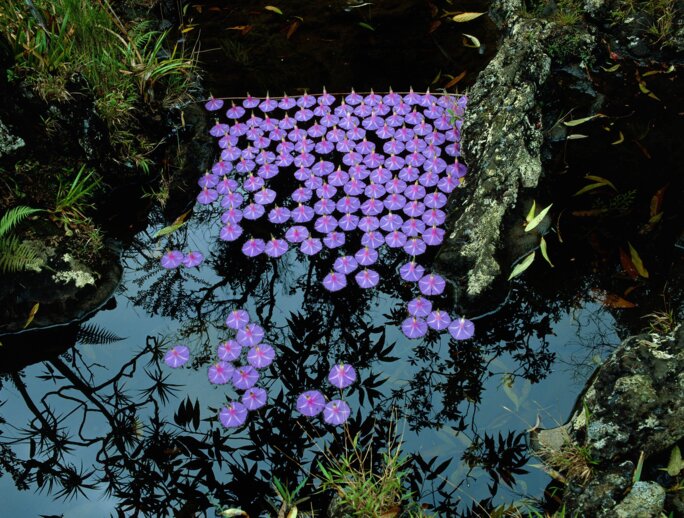
Enlargement : Illustration 8

"With a local association where I live in Germany, we have succeeded in gaining protection status for a whole mountainous area which property developers wanted to transform into a ski resort," he recounts, although he says he doesn't hold much hope out for "global political solutions" to ecological issues. "Here in Germany, the ecologists, who I support, currently focus almost exclusively upon the nuclear question. But in doing so they have forgotten the rest, the exploitation and pollution that little by little eat away at all the other aspects of the nature that directly surrounds us."
He sighs when asked why he thinks mankind finds itself incapable of preserving the environment in which it lives. "At the present time, I don't think that progress can really save us from the decline that surrounds us," he answers. "Two ills are in my opinion responsible for the ecological catastrophe - ignorance and convenience, which render people lazy."
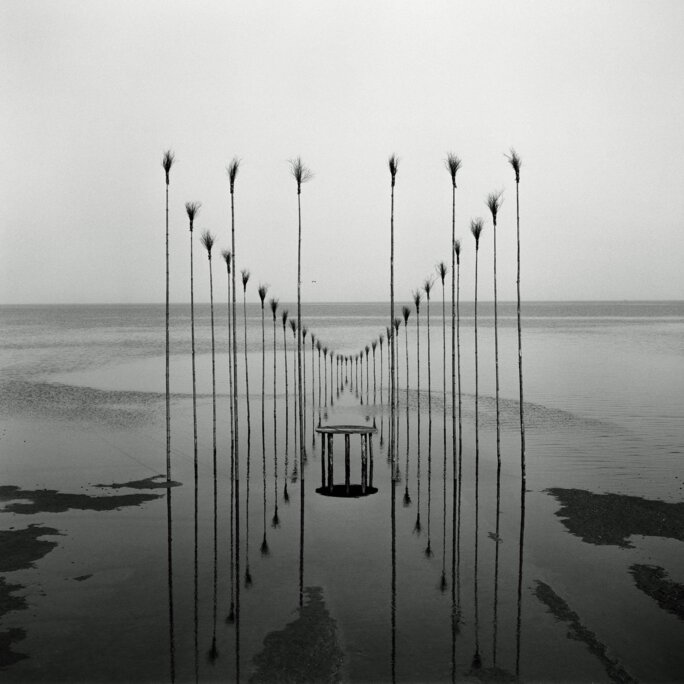
Enlargement : Illustration 9

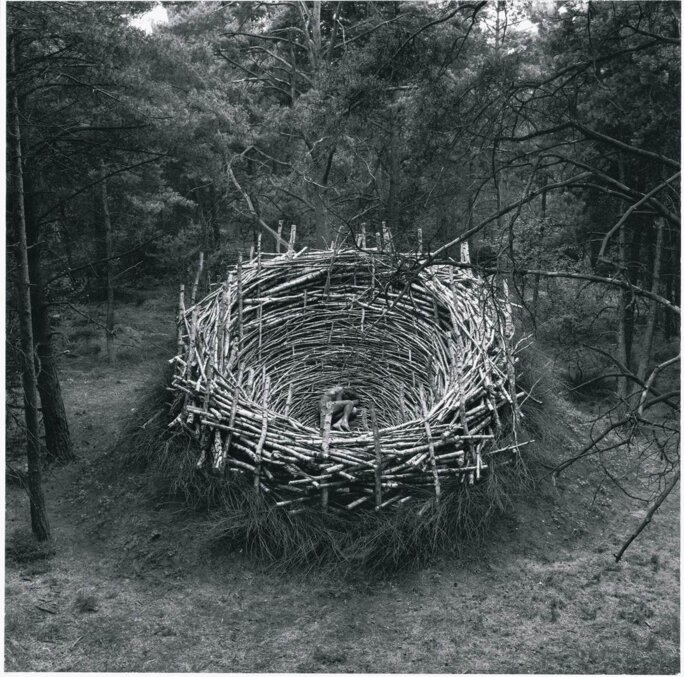
Enlargement : Illustration 10

With his human-scale nests of branches or his houses of water, Nils-Udo fed a - probably illusory - hope of another way of living within a world made up of textures of stone and plants and light.
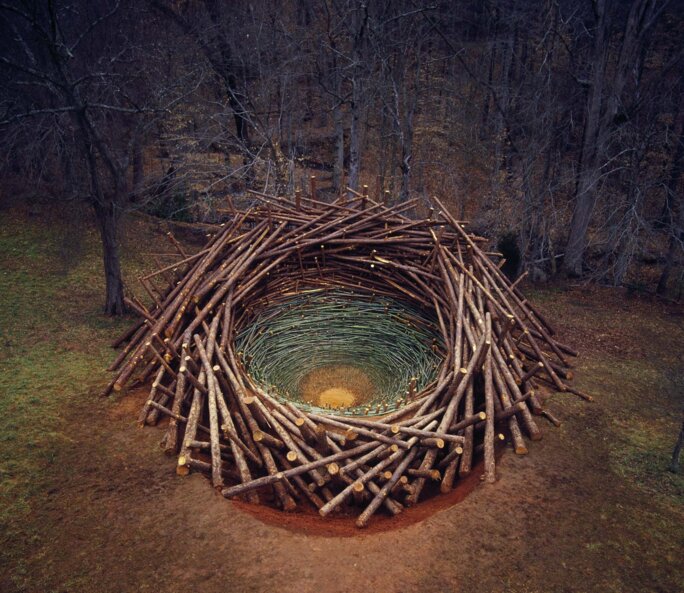
Enlargement : Illustration 11

Today, the artist laments the degradation of his own local environment and the dulling of its aesthetic character. "The forest near where I live in Upper Bavaria, and which makes up most of our view, never stops yellowing, year after year."
While the seasons slowly wilt, art - even if its primary vocation is not that of saving the planet - provides us with the traces of nature's passing memory.
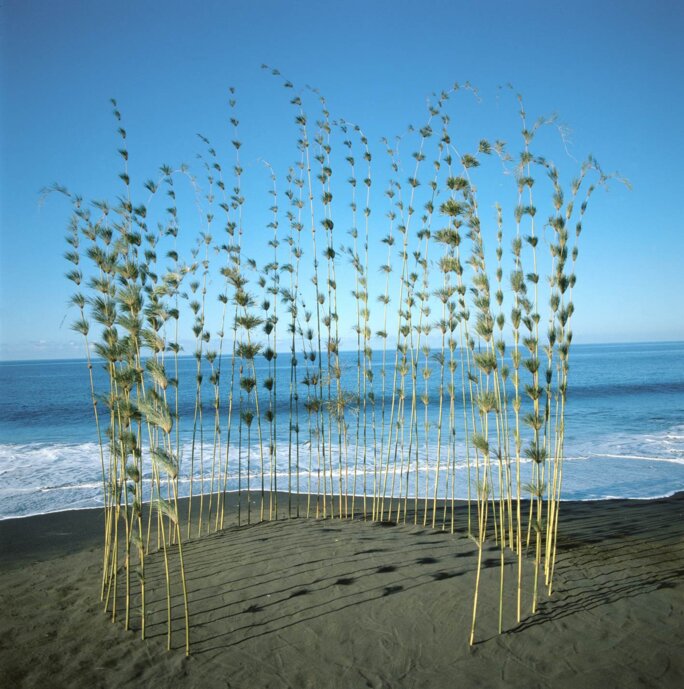
Enlargement : Illustration 12

-------------------
The exhibition of Nils-Udo's works, entitled Nature, is showing until October 1st at the Musée de la Poste, 34, boulevard de Vaugirard, in the 15th arrondissement of Paris.
-------------------------
English version: Graham Tearse
Since 2004, Nils-Udo has returned to painting, in which nature remains his principal theme. Four examples:
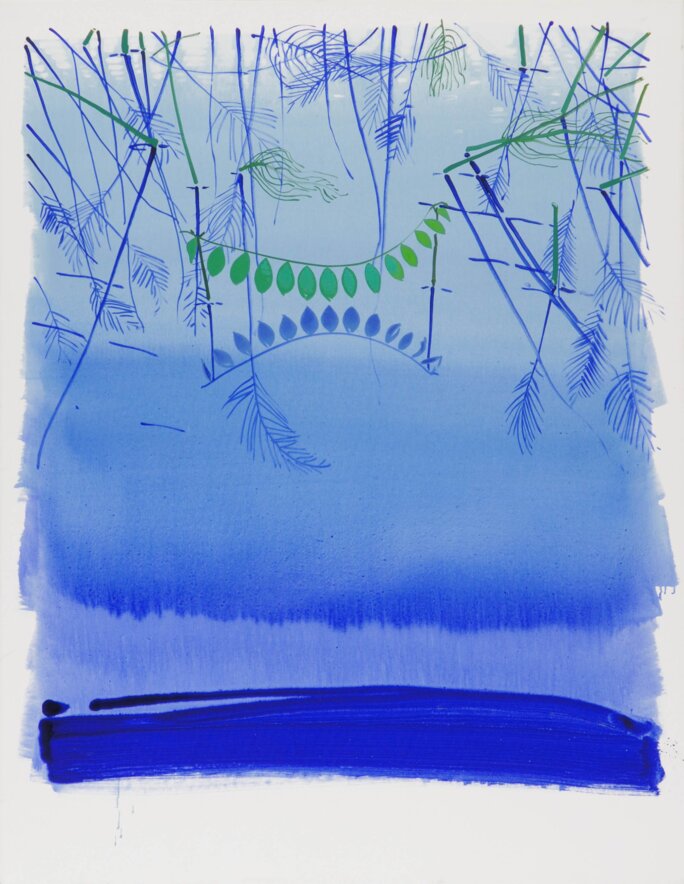
Enlargement : Illustration 13

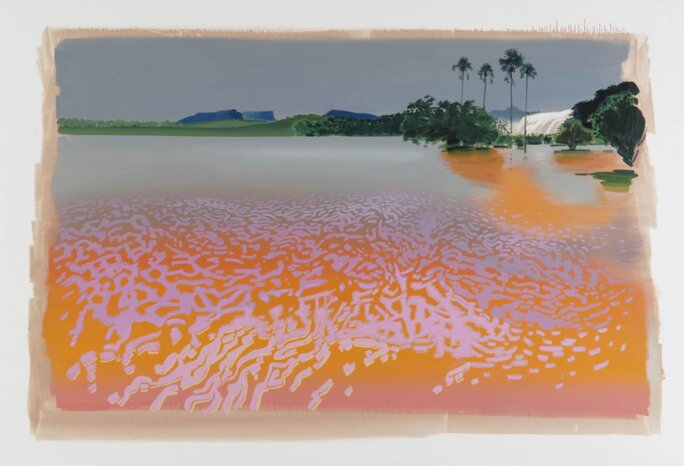
Enlargement : Illustration 14

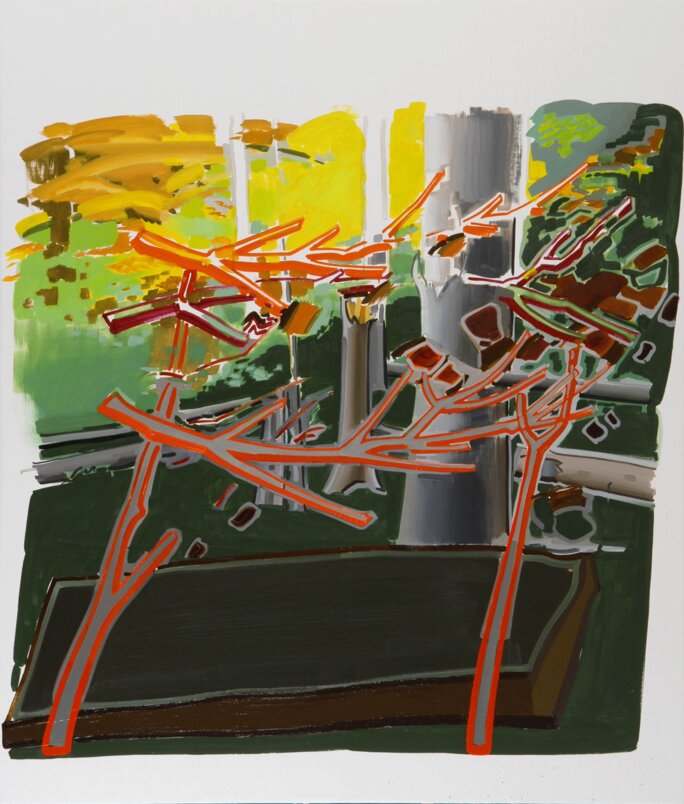
Enlargement : Illustration 15

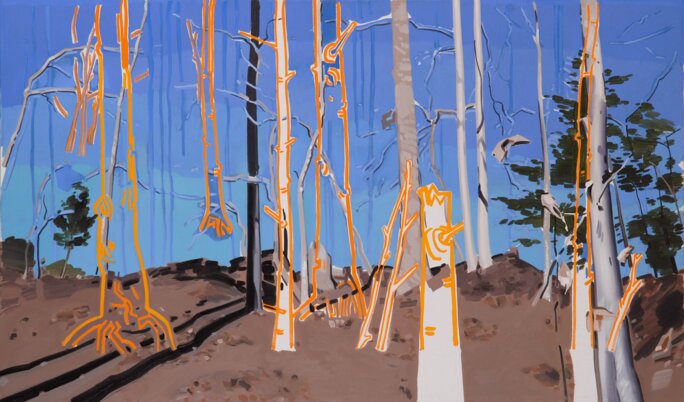
Enlargement : Illustration 16



